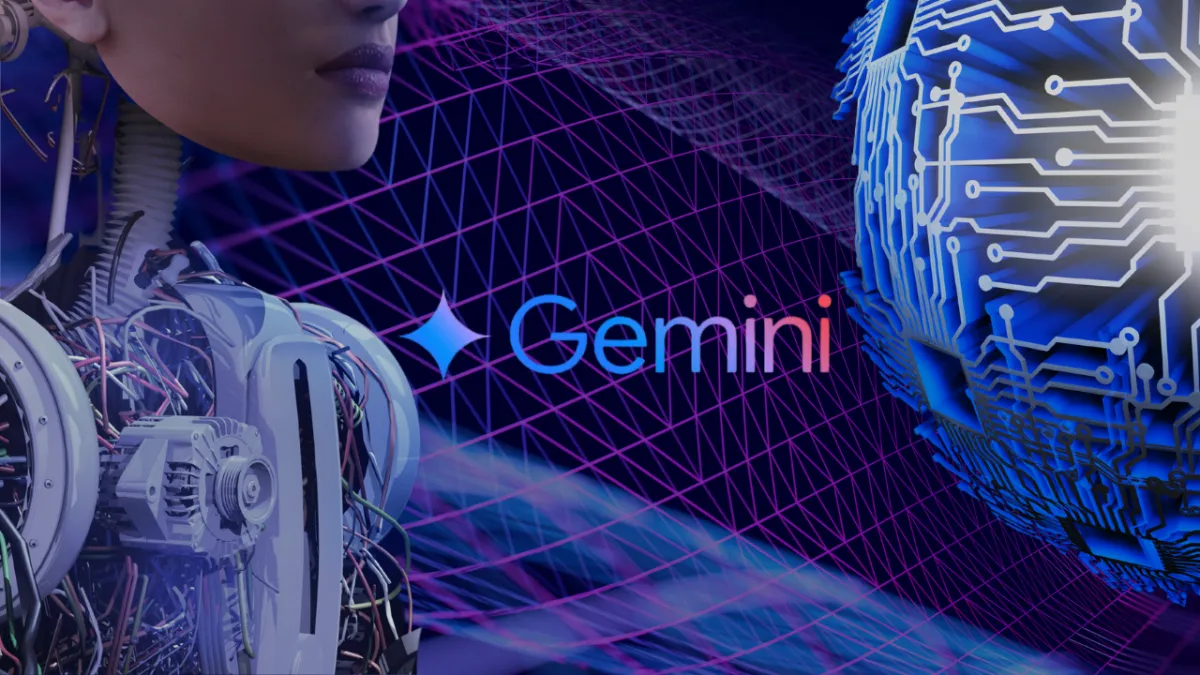
Gemini On-Device: The Future Of AI Is Now Local
When people talk about the future of robotics, the conversation often leans toward what might be possible someday. With Gemini Robotics On-Device, that future has already arrived. Recently, Google DeepMind unveiled a streamlined version of its Gemini 2.0 model that runs entirely offline—with no reliance on internet connectivity, cloud servers, or remote infrastructure.
This is a major milestone. Robots can now think and act in real time, independent of external servers. For business owners—particularly those in logistics, manufacturing, or high-security industries—the implications are transformative.
Let us explore three practical takeaways:
1. Real-Time AI with No Internet Required
Traditional robotics systems rely heavily on cloud computing, introducing latency, dependency, and multiple points of failure. If the internet connection drops, the robot is essentially rendered inoperative.
Gemini On-Device eliminates that limitation. The AI model resides directly on the robot’s hardware. This results in faster reaction times, uninterrupted workflows, and complete autonomy from network constraints.
In practical terms, this means:
Faster adaptation to unpredictable tasks
Greater uptime in remote or network-limited environments
Stronger data security and regulatory compliance, since no external data transmission is required
Gemini Robotics On-Device is ideally suited for use cases such as:
Fulfillment centers with changing product types
Offshore oil platforms with limited infrastructure
Defense and healthcare environments with strict data policies
Lunar or remote exploration, where signal latency is measured in minutes
This is not theoretical. DeepMind has published performance charts showing the On-Device model matches or exceeds earlier local models and performs comparably to hybrid systems that still depend on the cloud.
2. Flexible and Efficient Training for Real-World Tasks
A significant breakthrough is the model’s minimal training requirement. Traditional robotic systems typically require thousands of hours of demonstration footage, which is costly and impractical for smaller teams.
Gemini On-Device, by contrast, learns new tasks with just 50 to 100 examples. In testing, the robot performed complex tasks such as folding shirts, unzipping lunch boxes, pouring salad dressing cleanly, and sliding individual cards from a deck—all after minimal instruction.
This enables rapid customization. A bakery can teach a robot how to frost cupcakes in a single afternoon. A warehouse team can record a few packaging processes and have the robot operational by the next shift.
Even better, fine-tuning occurs locally. There is no need to wait for a cloud update or upload sensitive data. Record the task, run a local optimizer, and update the robot’s flash storage directly.
3. Multi-Robot Compatibility and Built-In Safety
Gemini On-Device is not limited to a specific hardware platform. Google tested the same model across diverse robots—including the Aloha robotic arm, the Franka FR3 workstation, and the Aptronics Apollo humanoid. Each system adapted with only minor calibration.
This interoperability simplifies training and deployment. Businesses can train the model once and deploy it across multiple machines. The result is a hardware-agnostic “skill library” that saves both time and cost.
Safety has also been a top priority. DeepMind incorporated multiple protective layers:
Semantic filters that block unsafe commands
Torque and collision limiters that prevent harm
A safety benchmark to evaluate ambiguous or risky instructions
A live safety council that reviews all code before release
These safeguards are essential in environments where robots work alongside human colleagues. Google has taken a careful approach, granting access through a trusted tester program and maintaining rigorous safety standards.
Why This Matters to Business Owners
If your business involves physical operations—such as logistics, food service, hospitality, maintenance, or healthcare—this development warrants serious attention.
AI is no longer just a trend. It is a business imperative. According to McKinsey, companies that use AI are now 15 percent more productive than those that do not. By 2030, AI could contribute $13 trillion to the global economy. At the same time, more than 375 million jobs will shift to require AI-related skills.
Gemini Robotics On-Device represents a powerful equalizer. You no longer need a data center or a dedicated cloud engineering team. You can run advanced AI tools directly on your premises, under your control, and on your terms.
Google has released an SDK and simulation tools, allowing businesses to begin testing immediately. You can collect your own data, train the model, fine-tune it locally, and deploy your robotic AI—all without relying on the cloud.
Final Thoughts
Gemini On-Device is not a prototype. It is production-ready AI, purpose-built for today’s operational realities. For business leaders, it marks a shift from AI as a service to AI as an asset.
The edge is no longer just a part of your network. It is now where intelligent, autonomous robots deliver real work—securely, reliably, and in real time.
